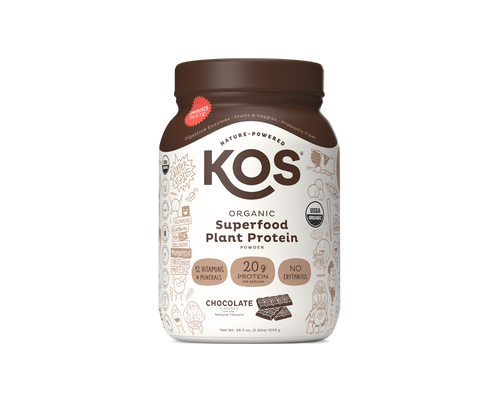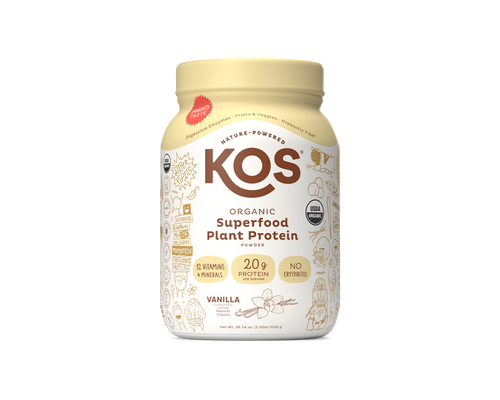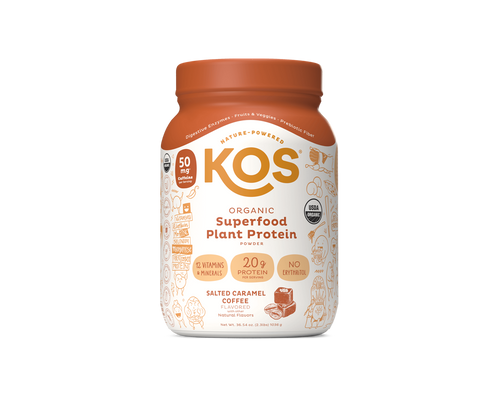Table of Contents
Chia. What a story. These ancient and sacred seeds date back about 3500 years as a food staple in equatorial South America and more recently were right in the middle of the world-changing 15th-century argument between the Aztecs and Spanish Conquistadors.
Later, the seeds came into full-blown name recognition as the hair-growing ingredient in Chia pets. Why the fall from greatness?
Spain: “See Ya, Chia”
When in the 16th century the Spanish arrived in force to possess what came to be called New Spain, they were not entirely surprised to find an indigenous culture already there. The Aztecs were fierce warriors with a complex socio-religious scheme that involved, to Spain’s horror, ritual human sacrifice.

Chia seeds were part of this sacrificial tradition. Chia was so venerated for its nearly mystical strength-boosting properties, it was offered as a tribute to both high Aztec Priests and their gods. Once Spanish Europe made their way over to affix their stamp on these colonial conquests — both religious and social— everything changed. To put it mildly.

The Spanish Conquistadors wanted to wipe the slate clean and remake New Spain in its own image. Chia seeds became politicized.
The ceremonial foodstuff was carrying too much Aztec religious baggage to be brought along through the transition, and so chia was one of the first crops to get the heave-ho.
Joseph Enterprises and a Mystical Seed’s Stealth Comeback
By the mid-1800s, Mexican pharma began making passing references to chia in its literature. But it wasn’t until the 1990s that chia began to make a popular breakthrough as a superfood that was good for more than growing green hair on a decorative terra cotta puppy.

Since 1980, Joseph Enterprises had been marketing Chia Pets using chia seeds and their fine grassy output to sell the decorative windowsill novelty; terra cotta animal figurines that grew green “fur” thanks to the packet of fast-growing chia seeds included in the kit.
The San Francisco-based company had established relationships with farmers and buttoned down the supply chain. They knew the chia seed market cold. Or so they thought.
Chia Seeds: Hold on … You Can Eat The Stuff?
It wasn’t until a friend telephoned Joseph Enterprises’ VP of Marketing and Advertising, Michael Hirsh, that the door was kicked open. The friend, a drug store owner, told Hirsch they were moving a lot of Hirsch’s tiny seeds; not as green hedgehog hair but as something to eat. His customers were demanding it, calling it a superfood. Could Hirsch get more? Hirsch was stunned, but being an enterprising business man he wasted no time.

Quickly pivoting, he brought his marketing acumen to bear on reframing the chia conversation, diving right into the new “chia seeds as power food” narrative. Joseph Enterprises figured out how to cross consumer categories, from novelty item to nutrition supernova, and the chia superfood train left the station with all pistons firing.
Chia Seeds and all the Fuss
So what’s the chia fuss? Chia seeds are a great source of omega-3 fatty acids, fiber, antioxidants, iron, and calcium. The fiber in chia seeds is crazy. 11 grams of fiber per ounce? What is this stuff, burlap? When this decorous little seed hits your clockworks, things start moving around and digestive health is yours again.
The fiber in chia can absorb water up to 15 times the weight of seed, producing a nutrient-packed gel that can texturally replace an egg in vegan cooking.

Chia fiber also improves the peristaltic movement of the intestine – the creepy but healthy pulsating of our digestive tubeway that moves the stuff along down there.
And while we’re on the subject of your entrails, here’s a reminder that your intestinal sub-basement is a swinging district, hopping with helpful bacterial micro-folk who feast on the chia's prebiotic offerings. And when your gut-citizens are happy, all is right with the world.
A 28-gram serving of chia seeds contains 5.6 grams of protein; a hefty portion of the whole. Nutritionally, the calcium, phosphorous and potassium content of chia is several factors greater than that of wheat, rice, oats and corn, with greater iron content than spinach and liver. Fatty acids? Chia seeds are stuffed with ω-3 alpha-linolenic acid (ALA) and ω-6 linoleic acid.

Protein, dietary fiber, calcium, potassium, magnesium, and an antioxidant sucker punch make these almost ridiculously tiny seeds a big deal. Chia seeds are more than just dots on the back of a breakfast roll. These fantastically tiny pellets boast omega-3 fatty acids, fiber, antioxidants, iron, and calcium. Now you can have what the Aztecs had, without having to climb a ziggurat.






